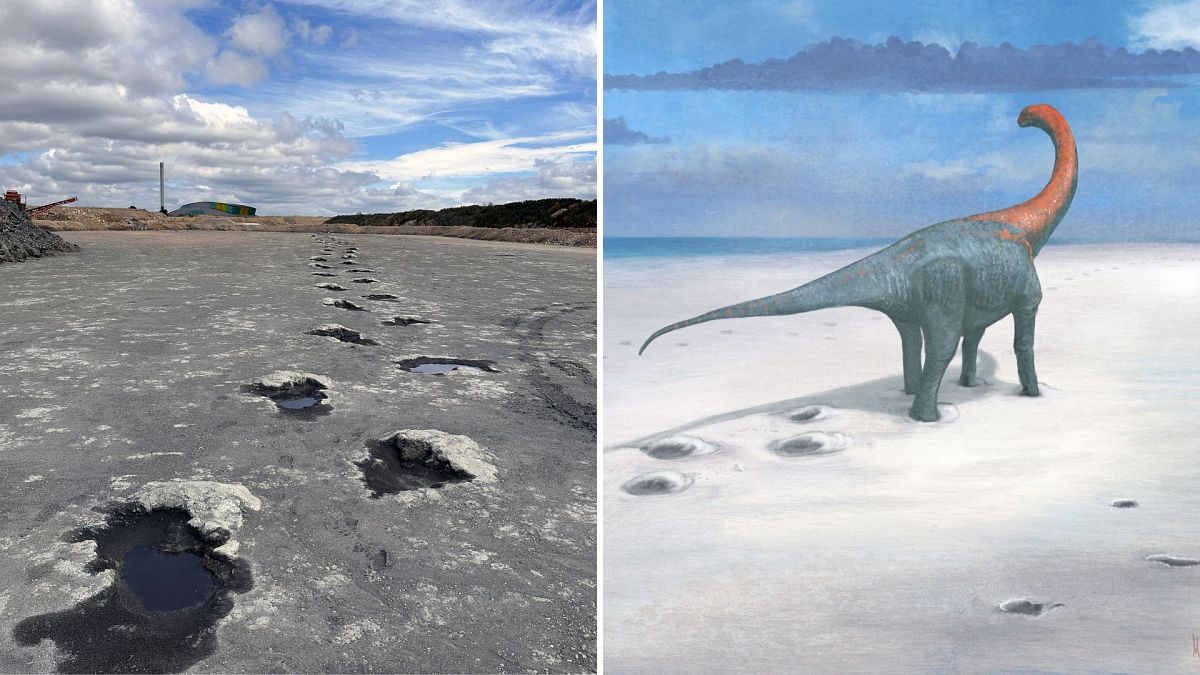
The UK’s largest dinosaur trackway has been uncovered in a quarry in Oxfordshire, revealing a fascinating glimpse into the Jurassic past.

A space rock that smacked into Earth 66 million years ago and devastated the ancient life living thereon took a remarkably circuitous route to get here, a new study has found.

The 'longevity bottleneck' hypothesis has been proposed by Professor Joao Pedro de Magalhaes from the UK. The hypothesis connects the role that dinosaurs played over 100 million years with the aging process in mammals.

Fine dust suspended in the atmosphere may have played a significant role in the extinction of dinosaurs after all.

When the asteroid struck our planet some 66 mil years ago, it created a 180-km impact crater and produced a gigantic magma chamber. A new research found that this hydrothermal system supported an entire microbial ecosystem.

It looks like another extinction prior to the appearance of the dinosaurs paved the way for their long reign. That extinction took place about 233 million years ago. And scientists have only now discovered it.

100 million years ago, ferocious predators, including flying reptiles and crocodile-like hunters, made the Sahara the most dangerous place on Earth.

A team of scientists drilled into the ground near the South Pole to discover that 90 million years ago Antarctica was once home to a swampy rainforest and had average temperatures around +11C.

Volcanic activity did not play a direct role in the mass extinction event that killed the dinosaurs, according to an international team of researchers. It was all about the asteroid.

Called the "frozen dragon of the north," a new species of flying dinosaur, Cryodrakon boreas, has been discovered in Canada. The pterosaur is thought to have had the wingspan of a small airplane.